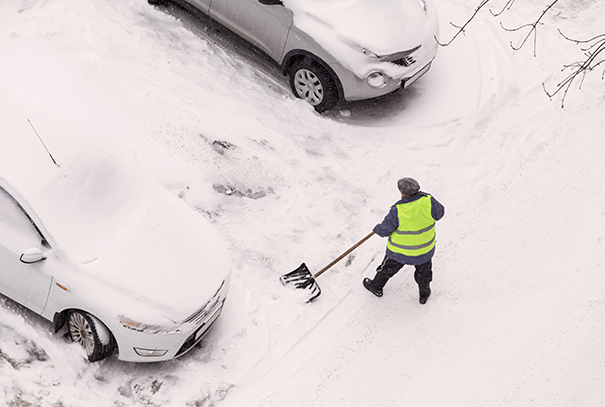
We recommend councils should consider the following:
- A written risk assessment should be carried out and kept on council’s files.
- The council should take reasonable care to ensure the safety of the public, employees and volunteers.
- All employees and volunteers should be made aware that the clearance of snow and ice could be a seven-days-a-week task (including bank holidays), receive adequate training, and wear the appropriate protective clothing.
- We recommend that the council communicates its plans to the community. This can be via a website, newsletter, noticeboard or published minutes of a meeting. If plans change, this should also be communicated effectively.
- Once a clearance programme is implemented, it should be maintained for the whole period of adverse weather and the plans on how the process will be managed should be communicated.
- Where a council takes on the responsibility for clearing snow or ice from paths, it should exercise reasonable care in doing so. Care should be taken in deciding where to move the snow — making sure entrances, side roads or drains are not blocked. Clear the middle of the path first so that there is a safe surface to walk.
- After the snow and ice has been cleared, do not use water as this may cause black ice. Use salt or grit to treat the areas.
- Also, if the building is to be used over the winter, the council needs to ensure that ‘users’ can enter and leave the building safely, which means that if they are not gritting the paths or car park then the building should be closed for that period.
Speak to a Gallagher representative using the number below if you would like more information.
Communities Team: 0800 062 2047
Arthur J. Gallagher Insurance Brokers Limited is authorised and regulated by the Financial Conduct Authority. Registered Office: Spectrum Building, 7th Floor, 55, Blythswood Street, Glasgow, G2 7AT. Registered in Scotland. Company Number: SC108909


